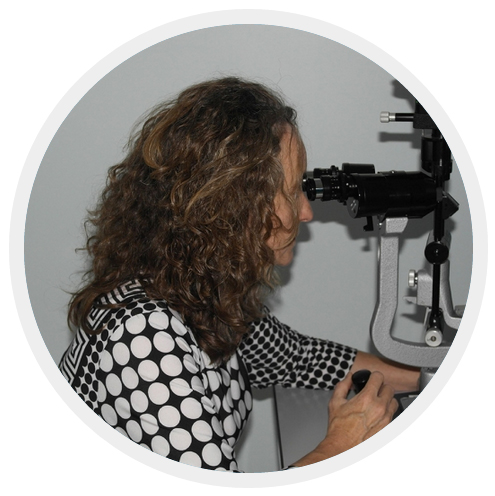
Retinal Surgery
The retina is the light-sensitive layer at the back of the eye. A healthy retina is essential to vision. A number of conditions can affect the retina.
Retinal detachment
A retinal detachment happens when the retina peels away from it’s natural position in the eye. It is starved of nutrients and doesn’t function properly. Most retinal detachments develop as a natural consequence of aging. The vitreous gel ages and separates from the retina. This in turn may cause a break in the retina leading to a retinal detachment.
Retinal detachments are more common in people who are short sighted or have had cataract surgery or trauma.
- Flashes and floaters
- Shadow
- Loss of vision
This is the most common way of fixing a retinal detachment. Miriam Minihan uses the most modern technology using tiny instruments to make small self-sealing wounds in the eye removing the vitreous gel and replacing it with a bubble of gas. You must not fly while there is gas within your eye. During the surgery Dr Minihan also seal the breaks with freeze therapy, laser or both.
Sometimes Dr Minihan will ask you to position in a certain way for a few days after surgery.
In certain cases a silicone bubble is placed within the eye rather than gas. You will ordinarily need a further procedure to remove the oil at a later stage.
This is a way of treating the retinal detachment from the outside of the eye. Dr Minihan will treat the breaks with freeze therapy and suture a silicone band to the sclera (the wall of the eye). This surgery does not require a gas injection but you may have an air bubble in the eye.
A retinal tear is a break in the retina which may cause a retinal detachment. It commonly occurs due to the development of Posterior Vitreous Detachment (PVD). If you notice sudden onset of floaters and flashing lights you should have a retinal examination.
If Dr Minihan discovers a retinal tear this can be treated with laser to seal around the break and prevent retinal detachment.
